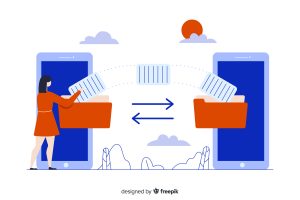Introduction to Java Data Types and Primitives
In Java, data types specify the size and type of values that can be stored in variables. Primitives are the most basic data types, representing single values without any methods or properties associated with them.
Understanding Java Primitives
Java has eight primitive data types:
- byte: 8-bit signed integer.
- short: 16-bit signed integer.
- int: 32-bit signed integer.
- long: 64-bit signed integer.
- float: 32-bit floating-point number.
- double: 64-bit floating-point number.
- char: 16-bit Unicode character.
- boolean: Represents true or false.
Working with Primitives in Java
Let’s explore some examples of using primitives in Java:
public class PrimitiveExample {
public static void main(String[] args) {
int num1 = 10;
double num2 = 5.5;
char letter = 'A';
boolean flag = true;
System.out.println("Integer value: " + num1);
System.out.println("Double value: " + num2);
System.out.println("Character value: " + letter);
System.out.println("Boolean value: " + flag);
}
}Introduction to Binary Literals in Java
Binary literals were introduced in Java 7, allowing you to express integral values in binary form. They are prefixed with 0b or 0B.
Using Binary Literals in Java
Here’s how you can use binary literals in Java:
public class BinaryLiteralExample {
public static void main(String[] args) {
int binaryNum = 0b1010; // Binary literal for 10
System.out.println("Binary number: " + binaryNum);
}
}Conclusion
Understanding Java data types, primitives, and binary literals is essential for writing efficient and readable code. By mastering these concepts, you can manipulate data effectively in your Java programs. Experiment with the provided examples to deepen your understanding.






